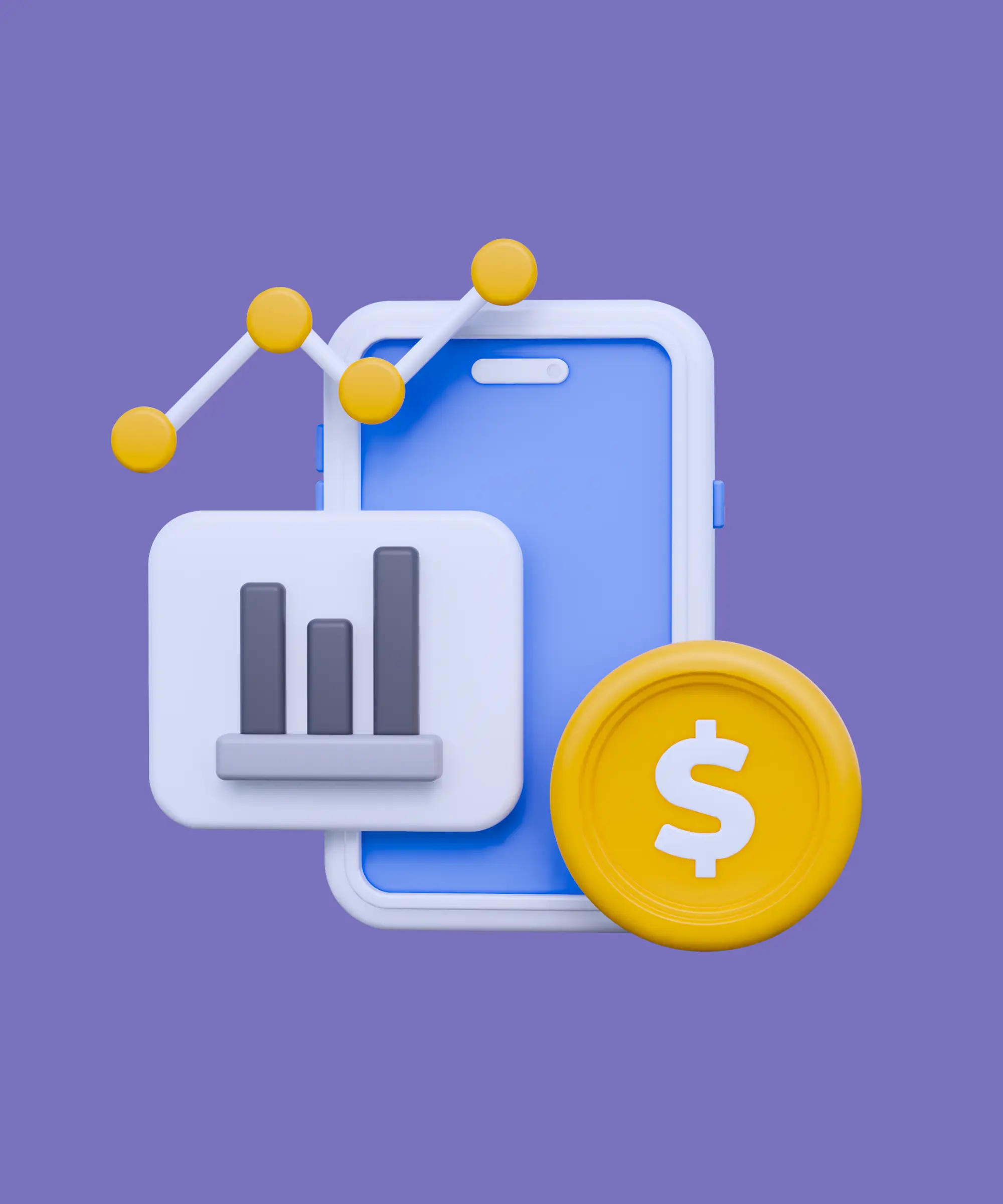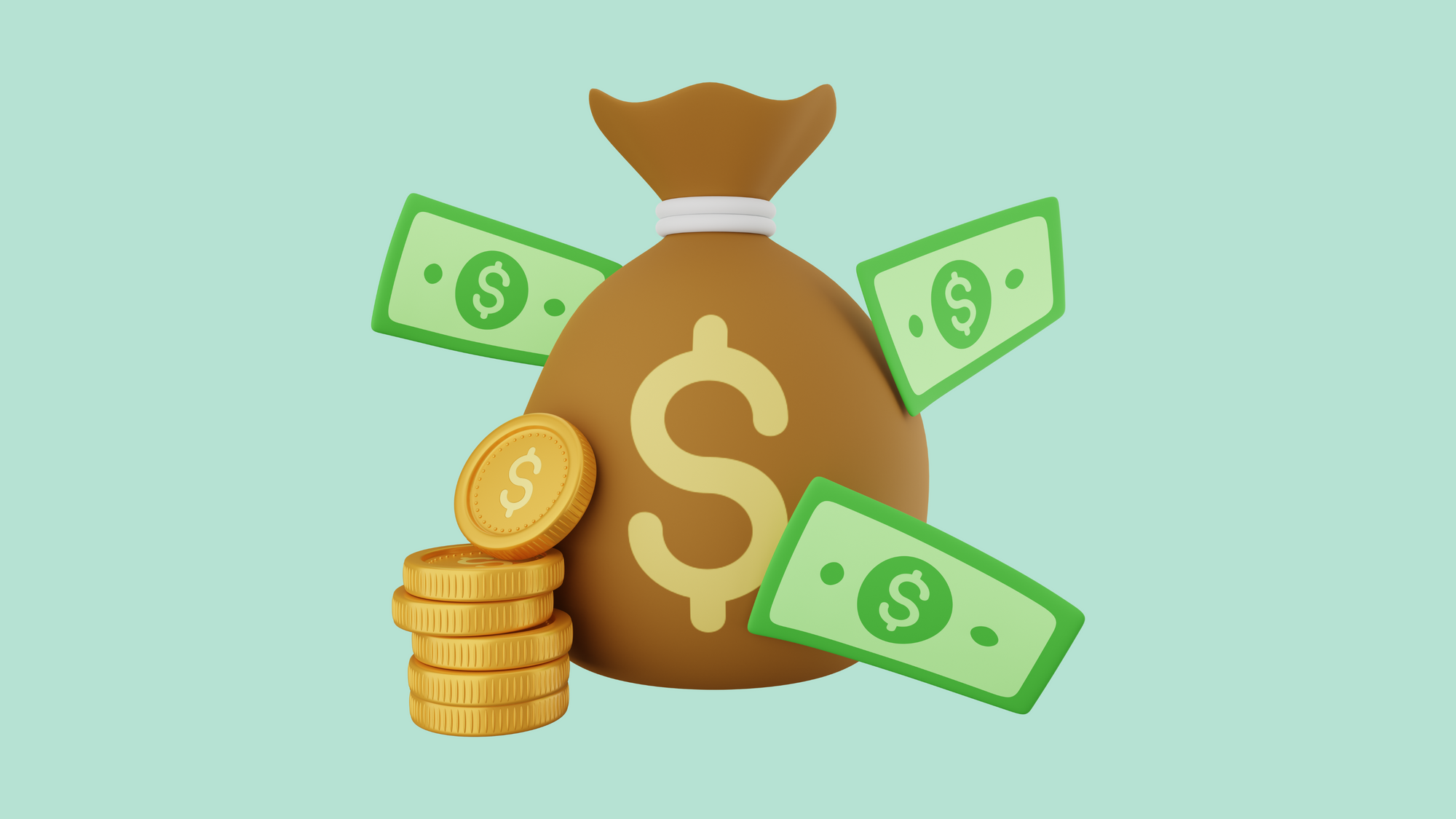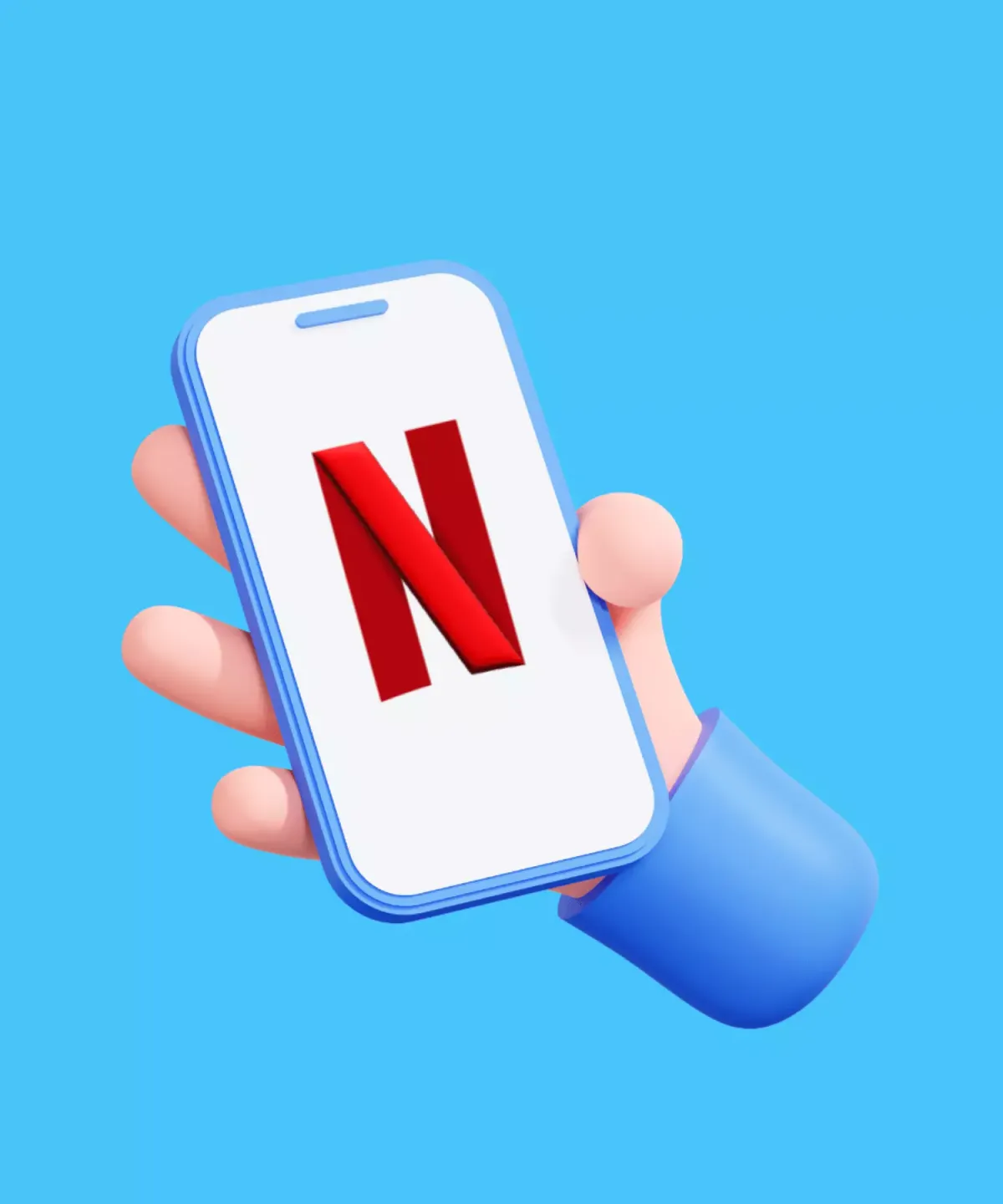In the digital age, streaming apps like Netflix, Amazon Prime, and Hulu have revolutionized our viewing habits, making traditional TV a secondary choice for many. The power to decide what to watch, when, and on which device, combined with the allure of on-demand content, has shifted the entertainment paradigm. But creating a streaming platform that competes with these giants is no small feat. From navigating content rights and technical intricacies to understanding monetization models, there's a lot to consider. If you're envisioning your own streaming service, this article will guide you through the essentials of building a successful platform.
Streaming App Landscape in 2024
The digital transformation of the entertainment world is palpable, with streaming services leading the charge. To understand the magnitude and potential of this shift, let's dive into some data:
Market leaders by numbers
- Netflix: Boasting over 280 million subscribers worldwide as of the second quarter of 2023, it's no surprise that Netflix is a household name.
- Amazon Prime: By 2024, the number of Amazon Prime members in the United States is projected to reach more than 180 million users, up from 168.5 million in 2024, Amazon's foray into streaming is undeniably successful.
- Hulu: This platform, mostly US-centric, has amassed over 40 million subscribers.
- Disney+: Launched in 2019, Disney+ has made significant strides, recording over 100 million subscribers in just three years.
The rise of niche players
Platforms like Crunchyroll have tapped into specific genres and have recorded impressive numbers, with over 4 million subscribers in 2023, mainly focusing on anime content.
Cord-cutting trends
Traditional TV has taken a backseat, with over 31.2 million US households cutting the cord by 2024. The reasons range from cost savings to the flexibility of OTT platforms.
Mobile streaming consumption
Over 50% of global video views were on mobile devices by the end of 2023, highlighting the significance of smartphones in the streaming landscape.
Future prospects
By 2027, the global video streaming market size is expected to reach USD 223.98 billion, growing at a CAGR of 21% from 2020 to 2027.
Key Features of a Streaming App
To carve a niche in the saturated market of streaming services, a unique selling proposition isn't enough. The user experience, driven by a combination of essential features, plays a pivotal role in ensuring app success. Here are the integral features a streaming app should encompass:
| Feature Category | Details |
|---|---|
| User Registration & Profile Management |
- Seamless sign-up process with multiple options. - Profile customization including content preferences. |
| Intuitive Search & Navigation |
- Advanced search with powerful filters. - Content recommendations using machine learning. |
| High-Quality Streaming & Playback |
- Adaptive streaming for adjusting video quality. - Multiple playback controls and 'skip intro' feature. |
| Content Library & Categorization |
- A diverse content library with varied genres and languages. - Organized categorization for easy navigation. |
| Multi-device Compatibility & Synchronization |
- Cross-platform compatibility. - Seamless synchronization across devices. |
| User Engagement & Social Integration |
- Push notifications for user engagement. - Direct social media sharing options. |
| Offline Viewing & Downloads |
- Option for offline content download. - Features for storage space management. |
| Multiple Payment Gateways & Subscription Plans |
- Incorporation of various payment methods. - Offering multiple subscription tiers. |
| Robust Security Features |
- Use of DRM solutions like Widevine or FairPlay. - Data encryption for user privacy. |
| Feedback & Support System |
- Integrated system for in-app feedback. - 24/7 customer support through various channels. |
Tools and Frameworks to Develop Streaming App
The success of a streaming app largely depends on the robustness of its backend and the fluidity of its frontend user experience. Fortunately, a suite of tools and frameworks is available to help developers build powerful, scalable, and engaging streaming apps:
1. Backend development & content delivery
- AWS elemental media services: A suite of services from Amazon Web Services that provide scalable and secure live and on-demand video workflows.
- Azure media services: Microsoft’s cloud-based platform offers live and on-demand streaming, encoding, and content protection.
- Wowza streaming engine: A customizable media server software that powers reliable streaming of high-quality video and audio.
2. Frontend development
- Flutter: An open-source UI software development kit by Google, Flutter is perfect for crafting natively compiled applications for mobile, web, and desktop from a single codebase. It is known for its fast performance and expressive UI.
- React Native: Developed by Facebook, this framework enables building native apps using React. It’s especially popular due to its component-based structure and vast developer community.
3. Video players & SDKs
- ExoPlayer: An open-source, application-level media player for Android. It provides an alternative to Android’s MediaPlayer API and supports high-quality video, including DASH and SmoothStreaming.
- AVPlayer: Apple's foundational framework for playback of audiovisual media on iOS devices.
- Video.js: An open-source library for embedding video on websites. It's HTML/CSS plugin-based and highly customizable.
4. Content protection and DRM
- Google Widevine: A content decryption module (CDM) for the digital rights management of the Google Chrome web browser and Android MediaDRM.
- Apple FairPlay: A DRM system for iOS devices and Safari browser. It provides content encryption and secure key delivery.
- PlayReady: Microsoft’s content protection technology, ideal for premium content and subscription services.
5. Analytics and monitoring
- Google Analytics for Firebase: Provides detailed insights into how users interact with the app, including engagement metrics, user flows, and crash reports.
- Mux Data: Specifically designed for video, Mux Data provides performance metrics, error tracking, and more to ensure optimal streaming quality.

6. Push notifications & user engagement
- Firebase Cloud Messaging (FCM): A cross-platform cloud solution for messages on iOS, Android, and web applications.
- OneSignal: A high volume and reliable push notification service for websites and mobile applications.

7. Video encoding & transcoding
- FFmpeg: A comprehensive open-source tool that processes multimedia content, including converting media files, capturing and streaming audio, and video.
- HandBrake: A free and open-source transcoder for digital video files, providing the capability to convert video from nearly any format to a selection of widely supported codecs.
Monetization Models for Streaming Apps

In the age of digital content consumption, streaming apps offer a lucrative opportunity for revenue generation. However, selecting the right monetization model is crucial to ensure sustained growth and profitability. Here are some popular monetization strategies for streaming platforms:
Subscription video on demand (SVOD)
Users pay a regular subscription fee to access the app's entire content library. This model offers uninterrupted streaming without advertisements.
Examples: Netflix, Hulu, and Disney+ all use this model, where subscribers pay a monthly or annual fee.
Advertisement-supported video on demand (AVOD)
Content is made available to users for free, but they're shown advertisements during playback. Revenue is generated through these ads.
Examples: Platforms like YouTube and Tubi operate under this model, making money from ads shown before, during, or after videos.
Transactional video on demand (TVOD)
Users pay only for the content they wish to watch. This can be a one-time rental or a permanent purchase.
Examples: Platforms like iTunes and Google Play Movies allow users to rent or buy individual movies and TV shows.
Freemium
A combination of "Free" and "Premium." Basic content is available for free, but premium content or features require a subscription or one-time fee.
Examples: Spotify offers free music streaming with ads, but users can pay for a premium subscription to remove ads and access additional features.
Hybrid models
A combination of two or more of the above models. For instance, users might pay a subscription fee but still encounter ads unless they opt for a higher-priced, ad-free tier.
Examples: Hulu offers both ad-supported and ad-free subscription tiers. Similarly, YouTube offers free content with ads but also has a premium subscription service (YouTube Premium) for ad-free viewing and other features.
Affiliate marketing & partnerships
By partnering with other companies or platforms, streaming apps can earn a commission for driving sales or sign-ups. This could include promoting products or other services within the app.
Examples: A movie streaming service might partner with an e-commerce site to sell merchandise related to a popular film or series.
Sponsored content
Brands pay the streaming platform to feature their content, which is crafted to promote a product or service subtly.
Examples: A beverage brand might sponsor a music concert or event, which then gets streamed on the platform.
In-app purchases
Apart from accessing content, users can buy virtual items, additional features, or digital goods within the app.
Examples: Game streaming platforms might allow users to purchase in-game items, skins, or other enhancements.
Estimating the Costs of Development

Understanding the costs associated with developing a streaming app is paramount for budgeting and financial planning. The costs can be broadly classified based on the complexity of the app:
1. Simple streaming app
- Features: Basic video playback, user registration, search functionality, and a straightforward UI.
- Development time: 3-4 months.
- Cost estimation: Depending on the region and the expertise of the development team, this could range from $15,000 to $40,000.
2. Moderate complexity streaming app
- Features: Everything in the simple app, plus features like content categorization, user profiles, comments and ratings, basic analytics, and perhaps a few basic integrations.
- Development time: 5-8 months.
- Cost estimation: Given the added features and extended development time, costs might range from $40,000 to $100,000.
3. Complex streaming app
- Features: Advanced functionalities like live streaming, machine learning-based recommendations, multi-device synchronization, offline viewing, multi-language support, advanced analytics, integration with third-party services, and robust security measures.
- Development time: 9-15 months or more.
- Cost estimation: With a suite of high-end features and longer development duration, the costs can escalate from $100,000 to $500,000 or even more, depending on the specifics of the project.
Factors affecting the cost
- Development team's region: Developers' hourly rates vary significantly across regions. For example, North American developers might charge higher rates compared to Eastern European or Asian developers.
- Team composition: The inclusion of UI/UX designers, database experts, backend and frontend developers, QA testers, and project managers can influence the total cost.
- Technology stack: The tools and frameworks chosen can impact development costs. Some open-source tools might reduce costs, while proprietary solutions can be expensive.
- Post-launch expenses: These can include server costs, maintenance, updates, marketing, and customer support.
Challenges and Overcoming Them in Streaming App Development
The realm of streaming app development is filled with both exciting opportunities and daunting challenges. By highlighting these challenges and providing actionable solutions, developers can navigate the landscape more effectively.
Scalability
As your streaming app gains popularity, the backend infrastructure must scale proportionately. Poor scalability can result in buffering issues, slow streaming, or even crashes.
- Overcoming: Opt for cloud-based solutions such as AWS or Azure which offer auto-scalability. Additionally, implementing a Content Delivery Network (CDN) can efficiently distribute content loads.
Content piracy and security
Unauthorized distribution and breaches can severely impact revenue and reputation.
- Overcoming: Digital Rights Management (DRM) systems, encrypted data transmission, and watermarking techniques can shield against these threats.
Consistent UX across devices
Users access content on a multitude of devices, each with its own quirks.
- Overcoming: Embrace responsive design, utilize frameworks like Flutter, and prioritize cross-device/platform testing.
Content discovery
With vast content libraries, users may struggle to find new, relevant content.
- Overcoming: Machine learning algorithms can craft personalized recommendations, with continuous refinement through user analytics.
Licensing and copyright
Acquiring licenses, especially for high-demand content, can be costly and complicated.
- Overcoming: Engage in strategic contract negotiations and consider the production of unique, original content.
Monetization and revenue generation
Striking the right balance without compromising user experience is challenging.
- Overcoming: Experiment with diverse monetization models and remain open to user feedback. Hybrid models, mixing subscriptions and ads, often yield promising results.
Competition in the market
The streaming domain is densely populated with several titans dominating the scene.
- Overcoming: Differentiate by focusing on niche markets, unique features, or cultivating original content.
Regulatory and compliance issues
Varied regulations across countries can become a maze for global platforms.
- Overcoming: Stay updated with the latest regional regulations and consult with legal experts familiar with the digital content landscape.
Conclusion
The digital wave of streaming apps, led by powerhouses like Netflix, showcases the vast opportunities within this domain. Through our exploration from features to development nuances and challenges, it's evident that creating a streaming app is both intricate and promising.
Success in this sphere goes beyond mere functionality; it's about understanding and adapting to user needs, offering unique experiences, and staying agile in a rapidly evolving landscape. Financial foresight, paired with a proactive approach to challenges, can transform potential pitfalls into growth avenues.
In wrapping up, diving into the world of streaming apps is a venture filled with innovation potential. And with platforms like Flutter streamlining the development journey, the road ahead is more exciting than ever. Here at What the Flutter, we're excited to be part of this streaming evolution, shaping the future one app at a time.
Thinking of creating a standout streaming app? Let What the Flutter be your guide and tech partner. Reach out, and let's craft the next big thing in streaming together.













